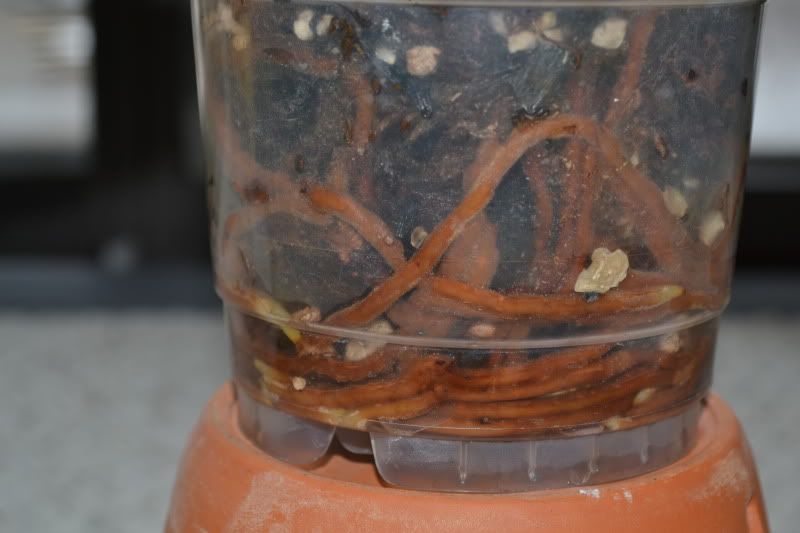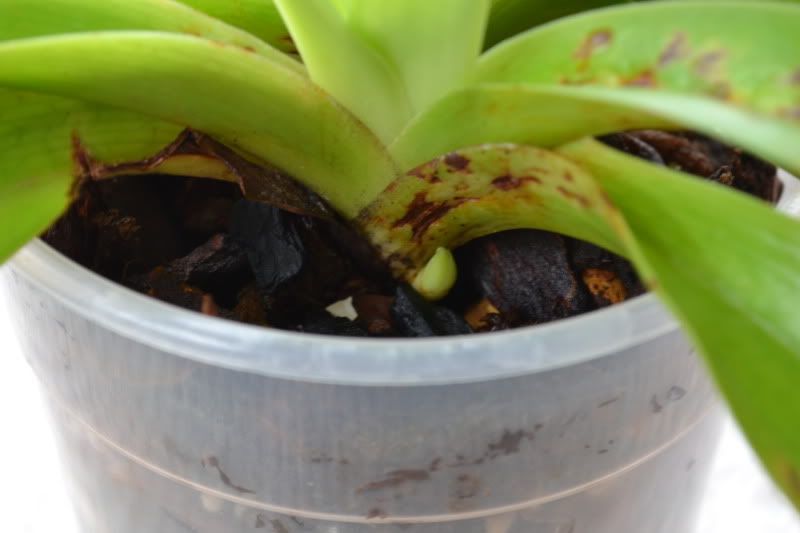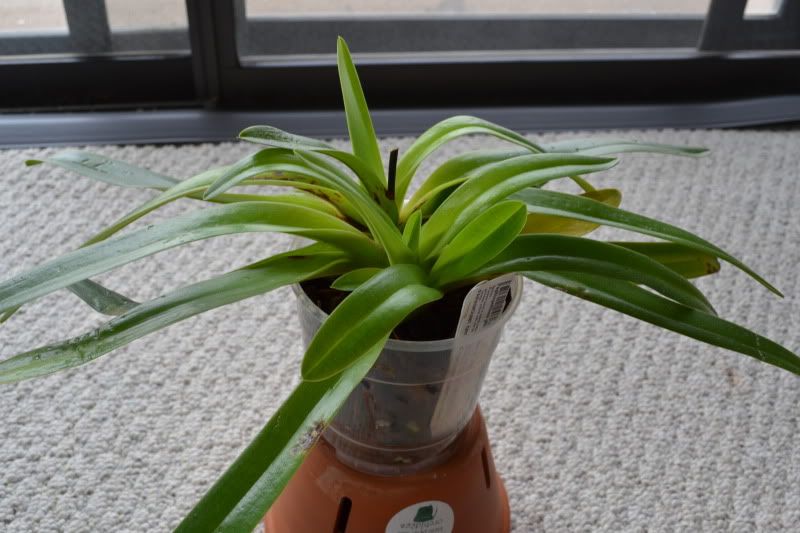From my reading (and my experience, as limited as it is), you want an extract that is higher in auxins than cytokinins.
Auxins primarily stimulate the growth of root tips (hence my photo in this thread), while cytokinins primarily function in the elongation of cells - growth of the plant.
Different plants react differently to the two classes of hormones. If the additive is higher in cytokinins, you will probably see plant elongation and growth , but that may, or may not not be accompanied by more root growth. If, on the other hand, the additive has more auxins, you will always see more adventitious root tip growth, and as they growth, they produce cytokinins to aid in the plant growth.
I'm really interested to see how these kelp additives work with flowering plants, as most of the experience is with food crops. The guy that imports Kelpak is primarily a vintner, and he specializes in syrah and petit syrah. He uses the stuff in the spring to stimulate root growth and kick start the vines so they grow better, and thereby produce more and better fruit. Then, as the grapes grow, he applies it again, only this time he's looking for the cytokinins to cause extension in the rachis, separating the grapes so he can get more effective penetration of fungicides, giving him more, top-quality grapes per bunch.



